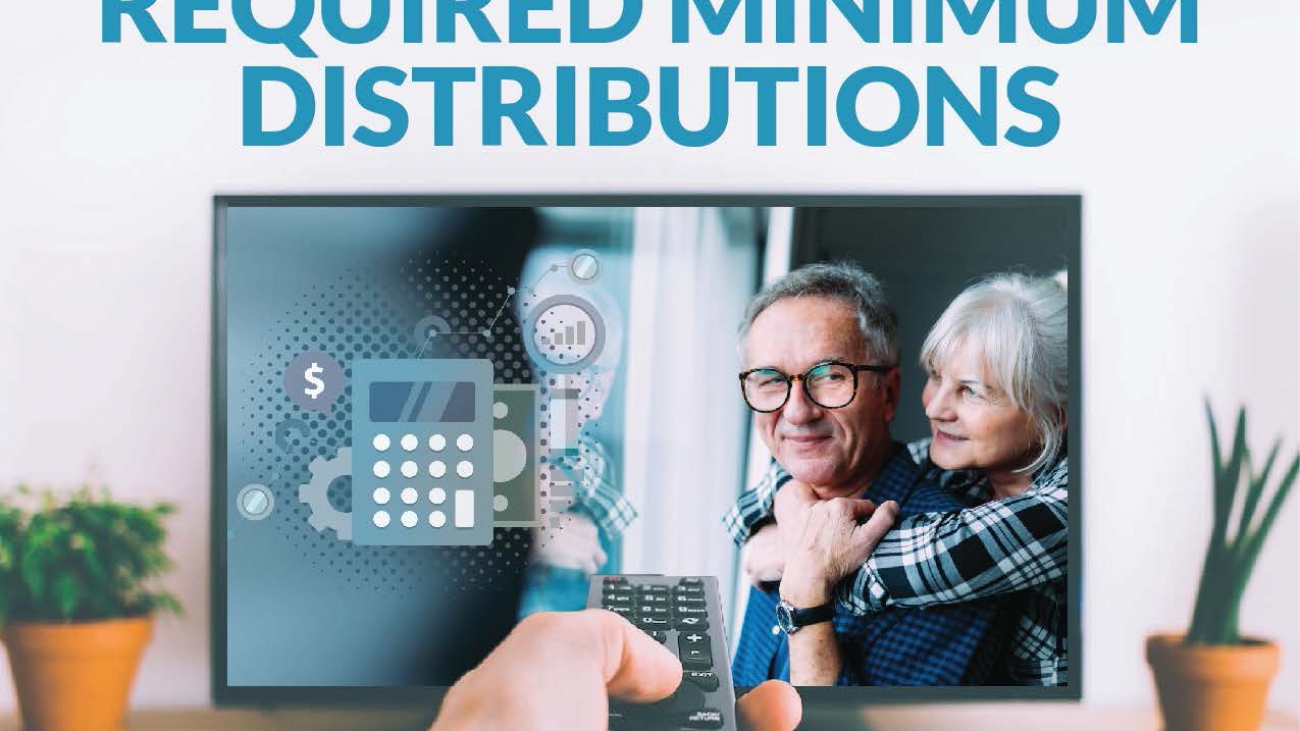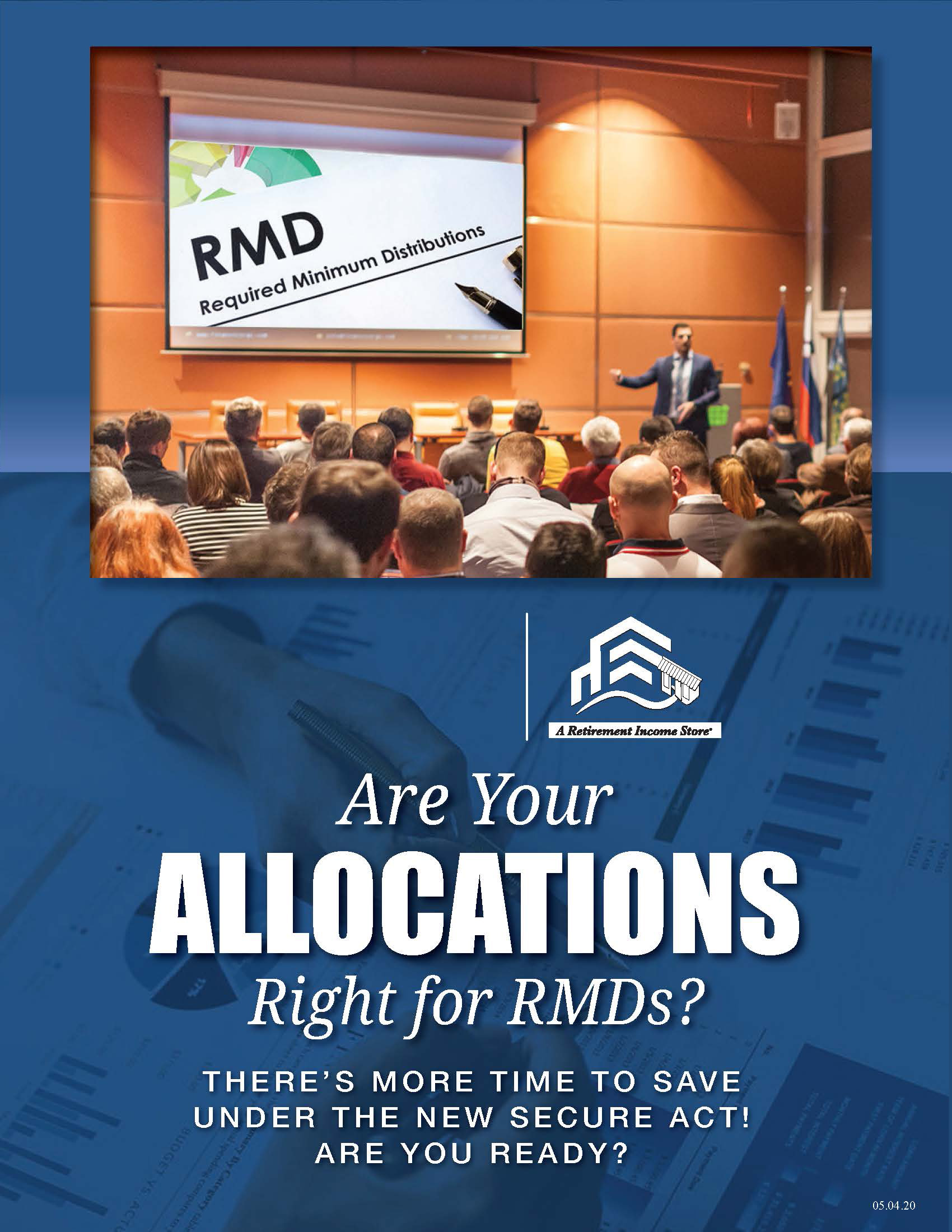IRAs and Retirement Plans
All you ever wanted to know about IRAs and Retirement Plans.
Investing for Income
In regards to investing, increased income does not necessarily require increased risk. The video below discusses the advantages of income-based investing for investors in or near retirement.
;">
Required Minimum Distributions (RMDs)
All you ever wanted to know about Required Minimum Distributions (RMDs).




